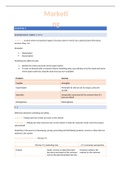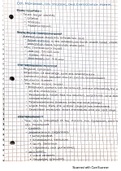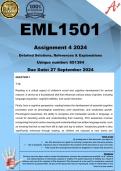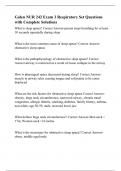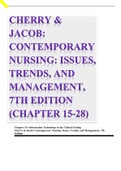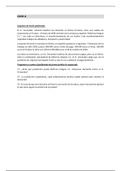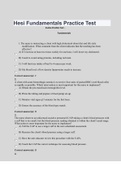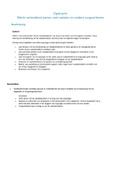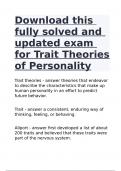Samenvatting
Samenvatting Marketing BUAS year 1 International Hotel Management (Resit: week 11 2023)
Marketing jaar 1 van Marjolein Meeuwissen, Wouter van Tankeren en Ilay Sensagir. Deze uitgebreide samenvatting bevat alles wat je dient te weten voor het Marketing tentamen. Aantekeningen, uitgebreide uitleg, artikelen, alles komt aan bod. Resultaat: 9.2
[Meer zien]
